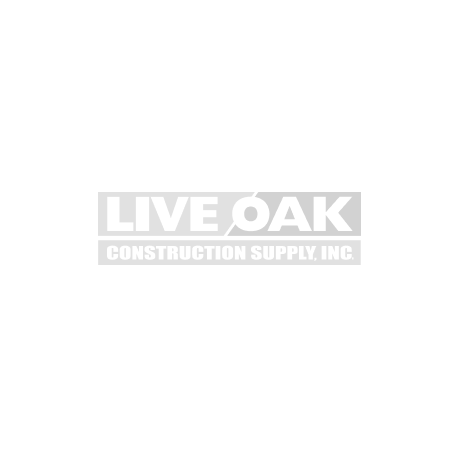Here’s a quick rundown of the types of blades and the questions you need to answer to get the right one for your trowel machine.
Finish Blades
Finish blades are two-sided. When one side wears down, you can turn them around and use the second side. They must be run at a slight pitch. As the concrete hardens, the pitch should be increased to achieve a slick surface. They’re available in high carbon steel as well as an option in plastic for finishing colored concrete.
Float Shoes
These are placed over the trowel blades and always run flat to float the surface. This is the initial stage of power trowel finishing. Once the surface has been floated, they are removed so the finish blades can further the finishing process.
Combination Blades
Combination blades can be run flat to float the surface and can be pitched to finish the concrete. They are not reversible like finish blades. Combination blades are preferred to seal the floor by running at a slow speed and are ideal for preparing concrete paving to be broom finished. They’re available in high carbon steel as well as an option in plastic for finishing colored concrete.
So what’s the difference?
Combination blades tend to be more popular for residential work because they are more convenient: One blade does the floating and the finishing. However, for production work, you get a more refined surface when you float with a true float blade and finish with a finish blade. Combination blades can be more expensive but they’re also more forgiving. More experienced finishers may prefer finish blades over combination blades. The right answer really depends on what you’re doing (paving vs. slick finish) and finisher preference.

